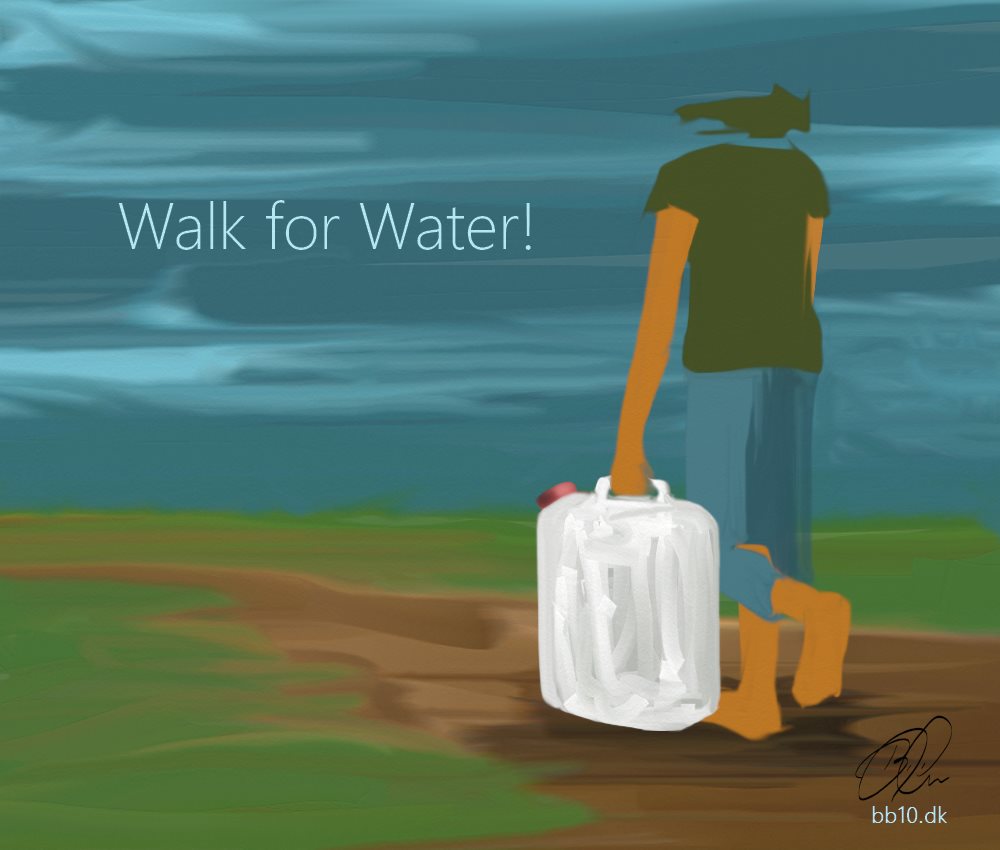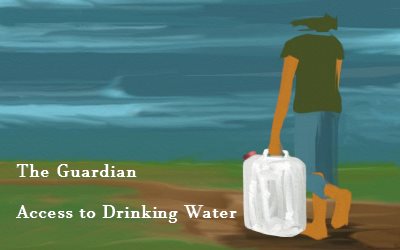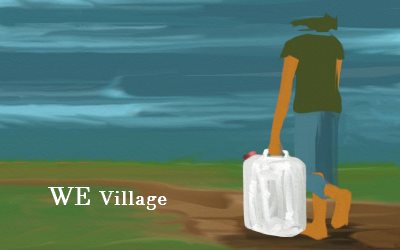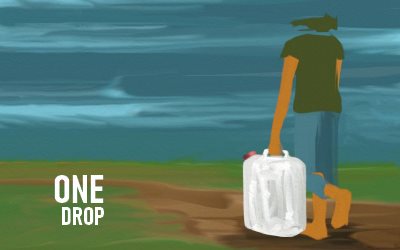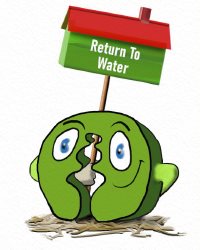Walk for Water
Walk for Water
Hundreds of millions of people globally do not have access to sustainable safe drinking water and sanitation services.
According to the World Health Organization/UNICEF Global Joint Monitoring Program, as of 2020,
about 25 percent of the world’s population was without safely managed drinking water,
and about 46 percent without access to a safely managed sanitation service. Access to clean water and safe sanitation
is a matter of life and death for hundreds of thousands of young children each year, who face diarrheal diseases as well as
long-term health consequences like stunting and undernutrition that are directly linked to open defecation.
In addition, the health effects of the global COVID-19 pandemic have been further magnified for the millions of families
who lack basic handwashing facilities, soap or water at home. Global Communities is committed to advancing the goal
of universal access to clean water and sanitation.
Our work includes helping build strong local systems that link communities and households to sustainable water,
sanitation and hygiene (WASH) services.
